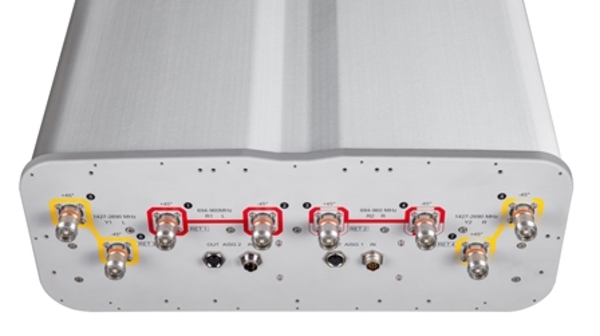
What’s driving these changes is the push for more capacity. In particular, the key for operators is capacity density defined as bits/Hz/sec/km2. Capacity in turn is driven via three different means:
- Spectrum
- Densification
- Efficiency
Spectrum is about the hertz. The more megahertz available for data, the more data that can be sent. This has been driven by governments opening more and more spectrum each year for communications. To utilize more spectrum per antenna, today’s antennas contain more arrays with each array covering increasingly wide frequency bands.
CLICK TO TWEET: Evolution of antennas on the road to 5G
Densification is about square kilometers or miles and re-using spectrum by creating ever smaller cells in which every hertz available can be assigned to different users. Multi-beam antennas and small cell antennas used on metro sites are great ways to increase densification.
Efficiency focuses on the bits/sec. There are several ways to increase efficiency. One is to utilize MIMO (multiple input/multiple output) principles that enable a data stream to be broken into multiple pieces transmitted simultaneously over different paths between the base station antenna and the user. MIMO is why today’s antennas will contain four, or even eight or more arrays for each frequency band.
Efficiency also refers to the modulation scheme used, ranging from QPSK (Quadrature Phase Shift Keying) up to 256 QAM (Quadrature Amplitude Modulation), which greatly impacts the data speed. Accessing the higher QAM rates is only possible if the channel can achieve high SINR (Signal to Interference and Noise Ratio). This requires careful pattern sculpting and focus on critical antenna parameters like F/B (Front-to-Back) and SPR (Sector Power Ratio).
For more information about base station antennas, I invite you to check out chapter three in the updated “Understanding the RF Path” ebook. It gives a great general explanation of how base station antennas work and are designed, explains some of the key parameters, and talks about emerging trends.






